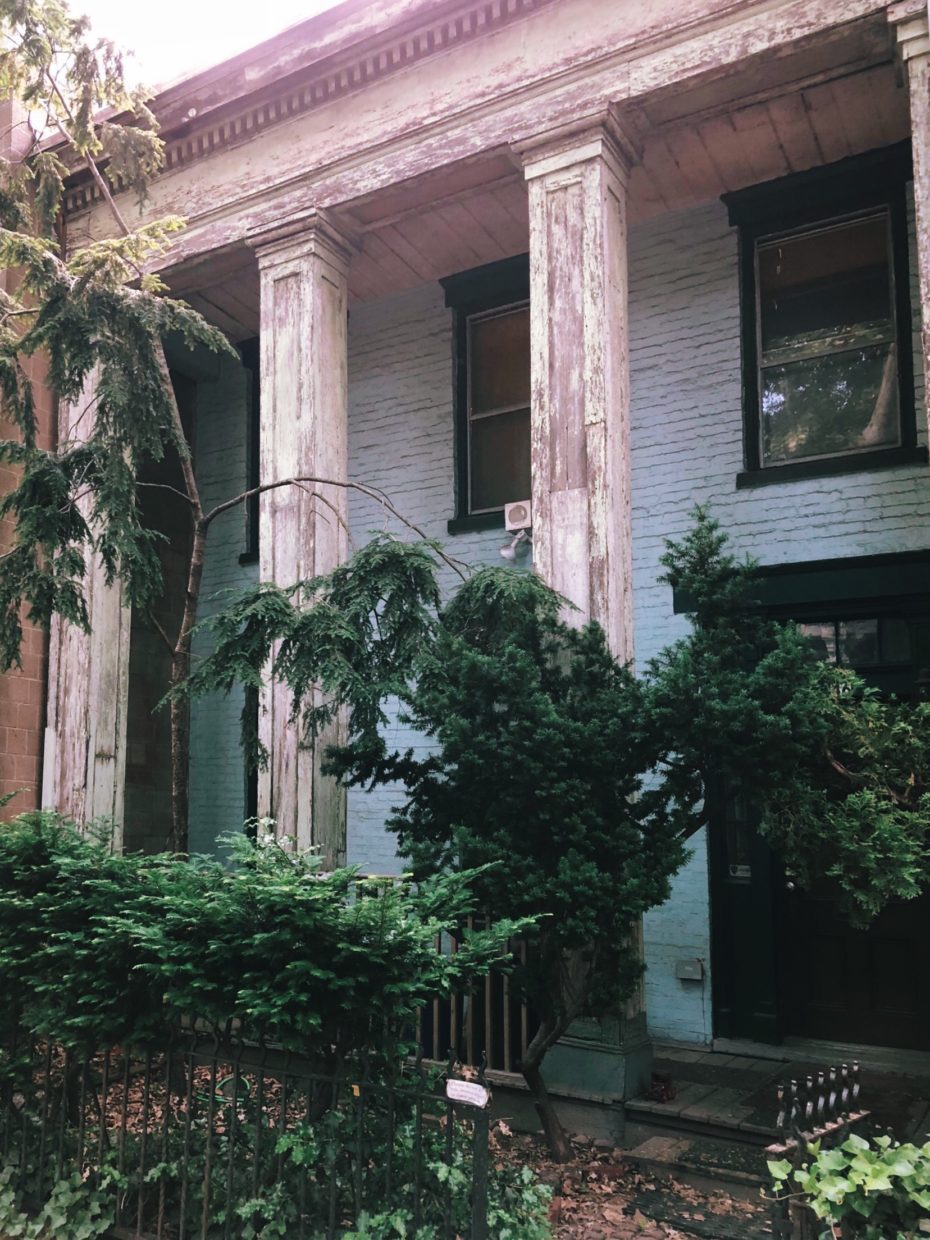
© Luke j Spencer

© Luke j Spencer

There’s a new way to access the really special stuff from Messy Nessy Chic …
Hidden beneath the surface layers of the internet, there’s a place where we keep our most secret addresses, untapped archives, creator’s inspiration, collector’s guides, explorer’s manuals, obscure research and much more… And it’s made for our keyholders only!
If you're already a Keyholder, login here to continue reading:
Advertisement
Last Updated on April 6, 2021 by MessyNessy

